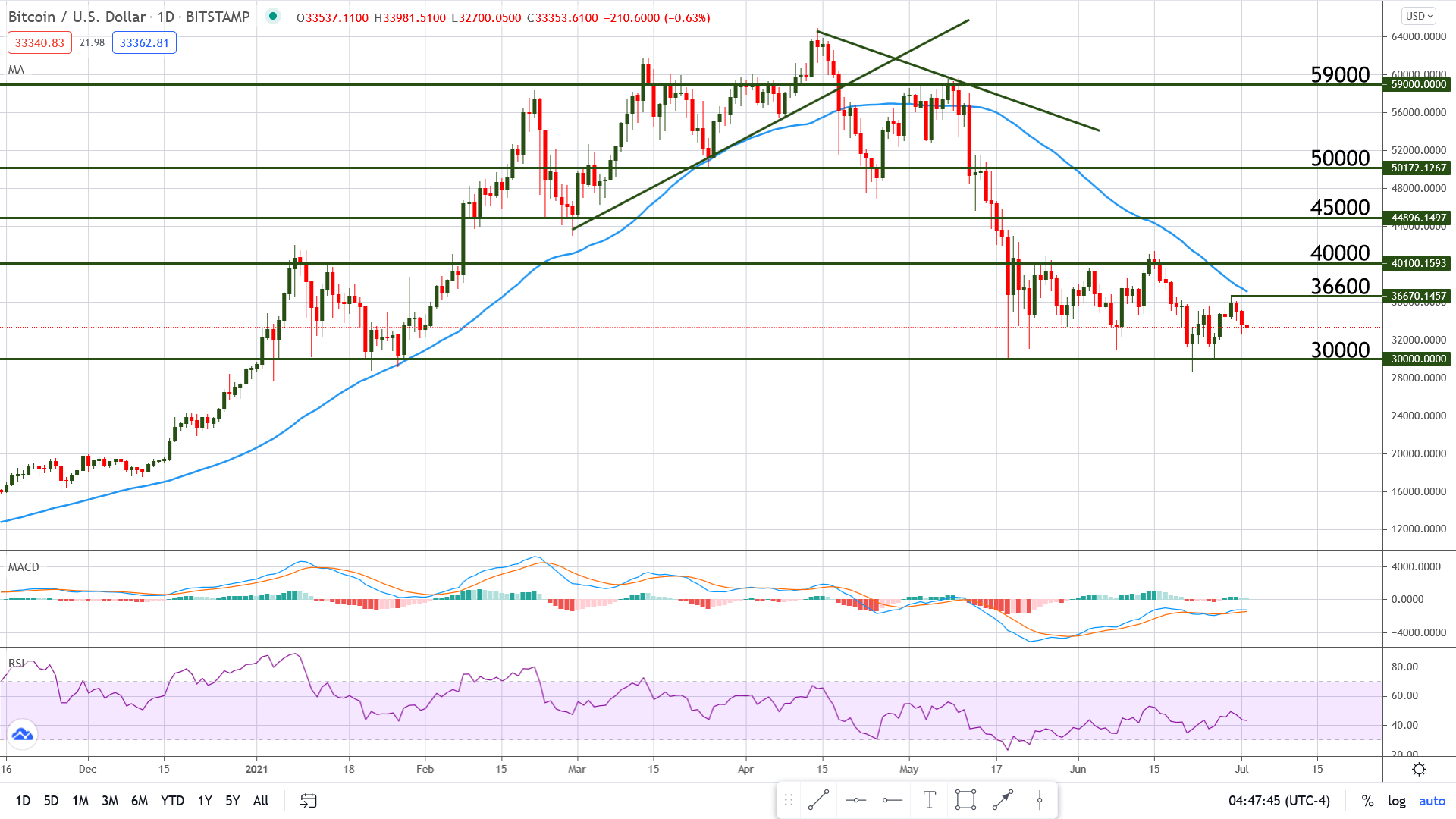Germany Could Spark a Fresh Crypto Uptrend
Potential Influx of 350 Billion Euro into the Bitcoin Pool.
Today a German law approved earlier in April this year is coming into effect and could potentially generate a massive influx of capital into the crypto market.
The new law allows institutional funds to allocate up to 20% of their holdings into crypto and considering that Germany has 4,000 special funds, if all of them would decide to invest the full 20% of their AUM (assets under management), it would translate into nearly $415 billion (approximately €350 billion) that could make their way into the crypto market.
Germany is widely considered the strongest member of the Eurozone from an economic standpoint, and this decision comes as a nod to cryptocurrencies, which could determine other countries from the European bloc to adopt similar, crypto-friendly legislation. In fact, Europe is already paving the way for crypto adoption through welcoming regulatory policies and the creation of CBDCs (central bank digital currency). Just recently Switzerland and France completed the first CBDC cross-border trials and Germany’s top financial regulator BaFin issued Coinbase with the first cryptocurrency custody license.
Even if the crypto market lost roughly 50% of its value in recent times, the fact that institutions continue to show faith in the usefulness and overall importance of digital assets comes as a breath of fresh air and will likely have an impact on the charts.
Technical Outlook – BTC/USD
Despite bullish news, Bitcoin has started a new decline after peaking above $36,600 and is now trading at $33,000, under bearish pressure.
Since the first touch of the key support at $30,000 that happened on the 19th of March, the pair has been trading in a range and all breakout attempts were easily thwarted. Bitcoin had a similar behavior in the first month of the current year but at that time, it managed to exit the range with relative ease and continued higher soon after, so it’s fairly clear that this time it lacks the necessary oomph.
Adding to the bearish bias is the 50 days Moving Average, which is angled south, as well as the Relative Strength Index which is moving below its 50 level, indicating that control belongs to the sellers. The MACD is mostly flat, with lines close together, which confirms that we are still in a ranging market.
The first upper barrier is located at the recent high ($36,600), which is in close vicinity of the 50 MA, thus creating a confluence zone that will be difficult for the bulls to break. As long as price remains below this mentioned zone, the bias is bearish and a move into $30,000 is probable.
